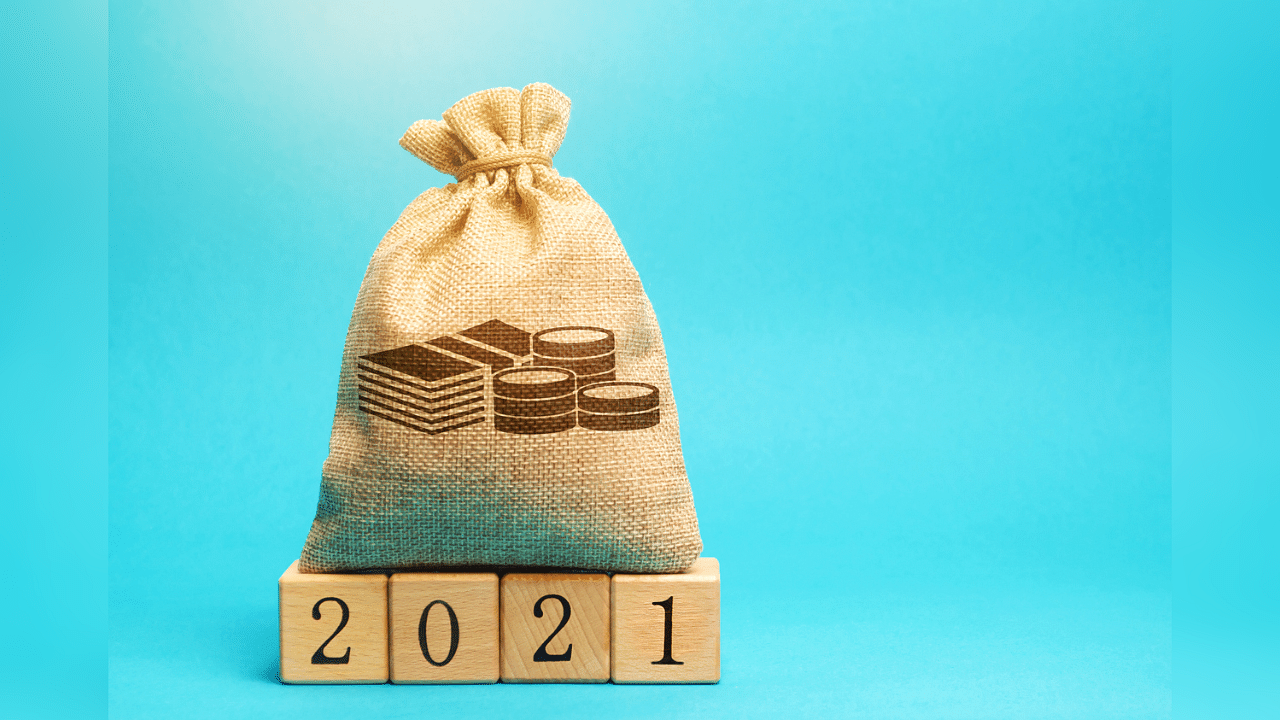
India's crucial banking and financial sector, which any government would find difficult to ignore, is staring at a continued mess.
Look at the chronology: In August 2018, IL&FS collapsed; in September 2019, PMC Bank fell; in October 2019, DHFL crumbled; in March 2020, YES Bank was saved from the brink of collapse; and in November 2020 Lakshmi Vilas Bank had to be saved.
Five major banks or shadow banks failed in about two years -- translating into one major financial institution failing every four months.
In all these failures, the banking regulator and the government made the situation messier, by giving long ropes to management and this resulted in a huge backlash.
But that's not it. Since August 2020, the bad loans, which should ideally have surged in a recessionary phase, are on a freeze. That is because the moratorium ended on August 31, but the Supreme Court (SC), hearing a bunch of petitions on loan moratorium, ordered that no account should be classified as non-performing assets (NPAs) until further orders. The RBI also announced a scheme to restructure loan accounts that were in default for not more than 30 days as of March 1, 2020.
So, how are the bad loans in Indian banks -- a major pain point in the Indian growth story -- poised for the future? The Reserve Bank of India (RBI) expects the gross NPA of Indian banks to almost double by September-end this year.
The stress tests conducted by the central bank indicate that the GNPA ratio of all scheduled commercial banks (SCBs) may increase from 7.5% in September 2020 to 13.5% by September 2021 under the baseline scenario. If the macroeconomic environment worsens into a severe stress scenario, the ratio may escalate to 14.8%, according to RBI's projections.
Among the bank groups, public lenders' GNPA ratio of 9.7% in September 2020 may increase to 16.2% by September 2021 under the baseline scenario. The GNPA ratio of private lenders and foreign banks may increase from 4.6% and 2.5% to 7.9% and 5.4%, respectively, over the same period. In the severe stress scenario, the GNPA ratios of PSBs, PVBs, and FBs may rise to 17.6%, 8.8%, and 6.5%, respectively, by September 2021.
To put it mildly, after the relative freeze, a floodgate of bad loans are expected in the Indian banks, if RBI's estimates are correct. This would mean a lot of impairments in the balance sheet, and subsequently, banks scouting for fresh capital.
To add to RBI's woes, many banks have calculated the interest on these frozen NPAs as part of the net interest income (NII) -- which explains such huge growth in bank earnings in a shattered economy.
Banks, in any economy, through their lending ability, are the major and most important catalysts of growth. As India tries to make its rebound and post-Covid recovery, the banking sector is the most important cog in the wheel. So, it comes as no surprise that a tenth of the economic survey (38 pages) is exclusively focussing exclusively focuses on the banking sector. After years of turning a blind eye, the economic survey finally tried to address the elephant in the room.
The survey, authored by Chief Economic Advisor KV Subramanian, has highlighted the perils of banking forbearance, zombie lending, and ever-greening of loans. It also talks about the perils of sub-standard lending.
But most importantly, another round of balance sheet clean-up, or Asset Quality Review (AQR), of Indian banks -- a move which is likely to send the Reserve Bank of India's estimates on the bad loans for a toss.
In 2015, RBI, under former governor Raghuram Rajan had initiated an AQR to clean up bank balance sheets. The clean-up picked up further steam under the leadership of Urjit Patel. However, after Patel's untimely exit, the AQR took backstage.
Also read: Zombie lending, forbearance, evergreening: Economic Survey talks about lending perils in India
With all this focus on banking in the economic survey, the industry insiders are of the opinion that the budget will have a lot in store for the banking sector, especially on the issue of bad loans and recapitalisation.
The survey also highlighted the governance issues in the lending process. But that is for RBI to decide upon -- there are existing rules on that, it is just that the central bank needs to buckle up on the governance front and be more proactive.